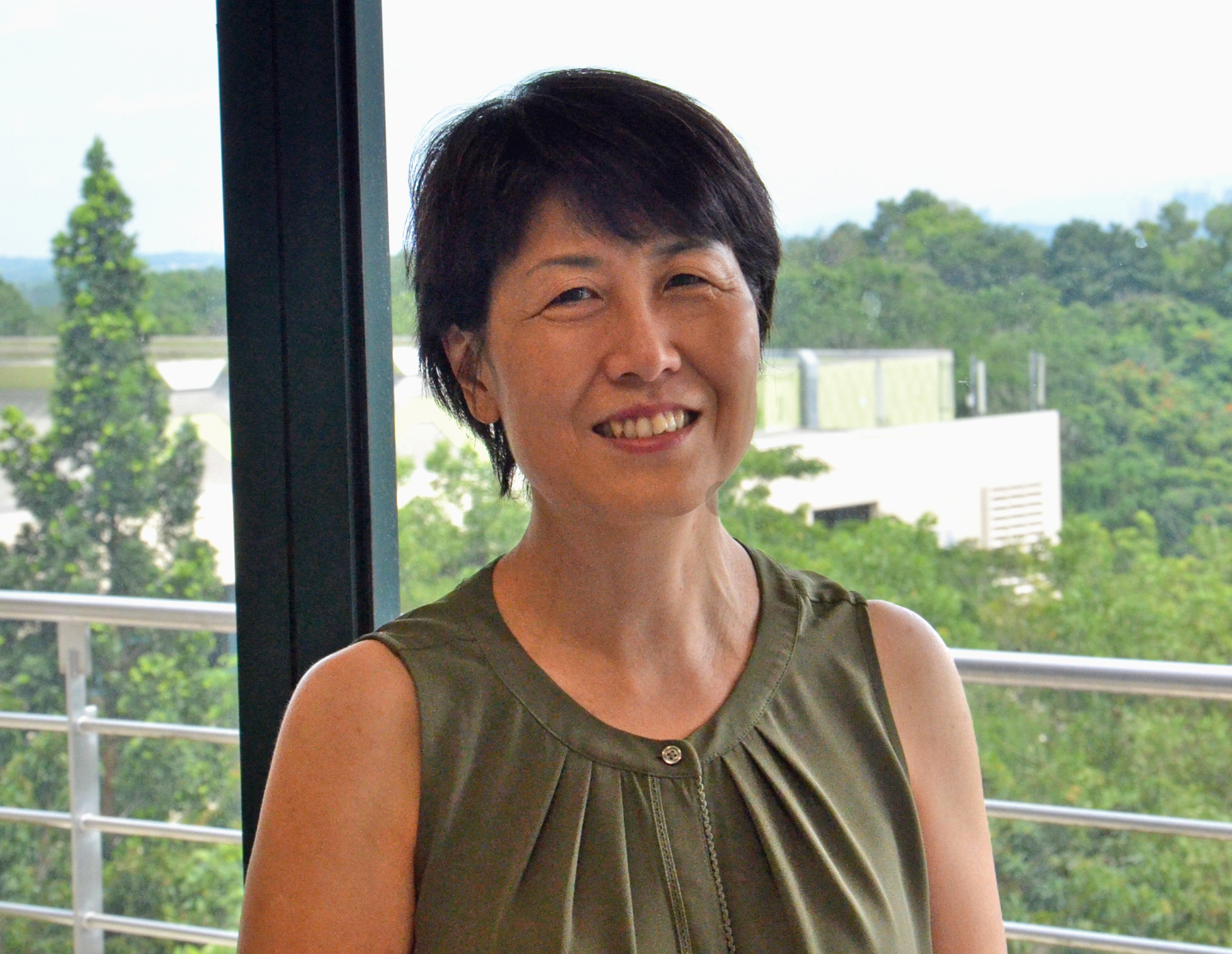Why Singapore’s English Teachers Should Embrace Singlish, Not Fight It
Is it time for Singaporean educators to embrace Singlish as a legitimate learning tool? What the Research […]
Read More
Student assessment is commonly associated with tests and formal exams, but over-fixation on such quantitative measures can cause us to lose sight of what is valued in education. We speak to NIE Lecturer Dr Tay Hui Yong on the need for teachers to go beyond such measurements to enhance student learning.
In Singapore where competitive school admissions are largely based on student results, test scores are invariably an important component of student assessment.
But they should not be everything.
 “While schools are rightly concerned about whether students are learning, the question is whether evidence of learning lies only in measurement, especially by test scores,” says Hui Yong, who is from the Curriculum, Teaching and Learning Academic Group and does research in the area of assessment.
“While schools are rightly concerned about whether students are learning, the question is whether evidence of learning lies only in measurement, especially by test scores,” says Hui Yong, who is from the Curriculum, Teaching and Learning Academic Group and does research in the area of assessment.
When such quantitative measurement is all there is, we run the risk of reducing students’ learning to mere numbers. Instead, test scores should be viewed as indicators of a student’s current capacity to help teachers reflect on how they can further help them grow in their potential.
“We are sometimes so preoccupied with academic scores that we forget learning is not so easily measured,” says Hui Yong. There is also a tendency for other factors that are not in the metric – such as character – to get overlooked, resulting in a narrow representation of a child’s development.
“Teachers have to exercise judgment on what else is important regardless of the metric that is currently used,” says Hui Yong. Good teaching requires awareness that there is more to assessment than just the quantifiable measurements.
“We cannot teach well if we cannot assess well,” she adds.
This means that teachers need to ask: What does the score mean? Are my students struggling because of a lack of practice? Do they have misconceptions?
The next step in assessing well is to determine how to bring a student from where he or she currently is to where he or she needs to be. “The conversation should be about how to help students maximize their potential,” says Hui Yong.
One way to do so is by making the success criteria for a task clear to students before they begin. For instance, if the task is to write a composition, students should be aware of what makes a good composition and what the markers of success are.
This allows students to assess themselves and find their own solutions to new problems. “Ultimately, we know the kids have learned when they are able to do all these themselves,” explains Hui Yong.
“Teachers have to exercise judgment on what else is important regardless of the metric that is currently used.”
– Hui Yong, Curriculum, Teaching and Learning Academic Group
Faced with the challenge of preparing our youths for an increasingly complex and uncertain world, Hui Yong feels that the role of teachers today is bigger than just preparing them for examinations.
“I often tell teachers that they have the autonomy, they have the power and more importantly, they have the responsibility to do more than just deliver on the national exams,” she says. “Good teachers in schools are already doing this on an everyday basis.”
Helping each student become a self-directed learner is the ultimate goal. Students must be active participants in their own learning – actively engaged to ask questions in order to understand key concepts and ideas. To achieve this, feedback during assessment should assist students in driving their own learning and developing their capacities as judges of their learning (Boud & Molloy, 2013).
“The most effective feedback provides clues or reinforcements that show students how to do a task more effectively,” shares Hui Yong. Depending on the ability of the student, a teacher might decide to comment on whether a task is done correctly or wrongly, or use hints to prompt the student instead to think in a certain way (see box story below on the different levels of feedback).
Feedback could also be improved through dialogue that goes beyond a subject area to include other goals a child could be working towards. “Ideally, this should also be the kind of feedback that goes into report books,” says Hui Yong.
To diagnose and provide the right type of feedback to each student, she has been helping teachers reframe their role, emphasizing that to be a good teacher, they need to check on their students’ progress regularly in the classroom. Good teachers also work towards developing self-regulated learners.
She shares, “I always ask teachers: When you’re not around, do you have the confidence that your students will be able to cope on their own?” Because even without the teacher, the self-regulated student will be able to assess where he or she is and figure out how to get where he or she needs to be.
References
Boud, D., & Molloy, E. (2013). Rethinking models of feedback for learning: The challenge of design. Assessment & Evaluation in Higher Education, 38(6), 698–712.
Hattie, J., & Timperley, H. (2007). The power of feedback. Review of Educational Research. 77(1), 81–112.